The wild is teeming with majestic creatures, each holding its mysteries. Among these, big cats have captivated human interest for centuries. Known for their stealth, power, and beauty, these creatures roam various habitats, from dense forests to arid deserts. Yet, some remain elusive, their secrets shielded by the cover of nature. This article delves into the mysteries surrounding the world’s most elusive big cats, shedding light on their behavior, habitats, and conservation challenges.
The Elusive Nature of Big Cats
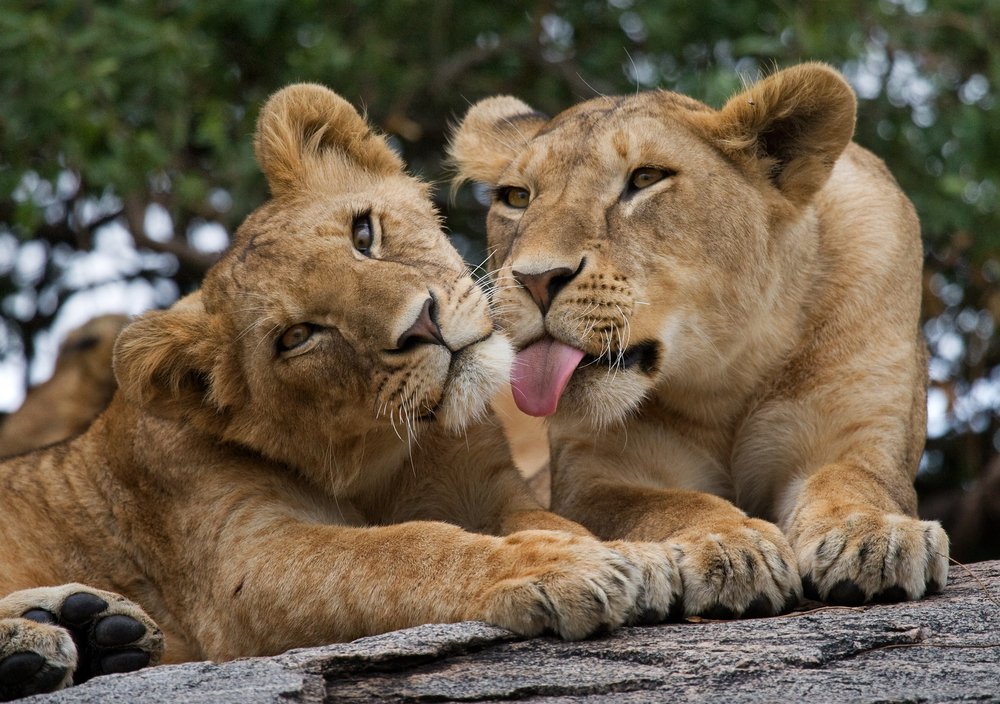
Big cats, despite their imposing presence, have mastered the art of remaining undetected. This remarkable ability is primarily due to their solitary and nocturnal nature. By being active mostly at night and preferring solitary life, these predators effectively avoid human contact and potential threats, making them elusive to researchers and wildlife enthusiasts alike.
The Mysterious Snow Leopard
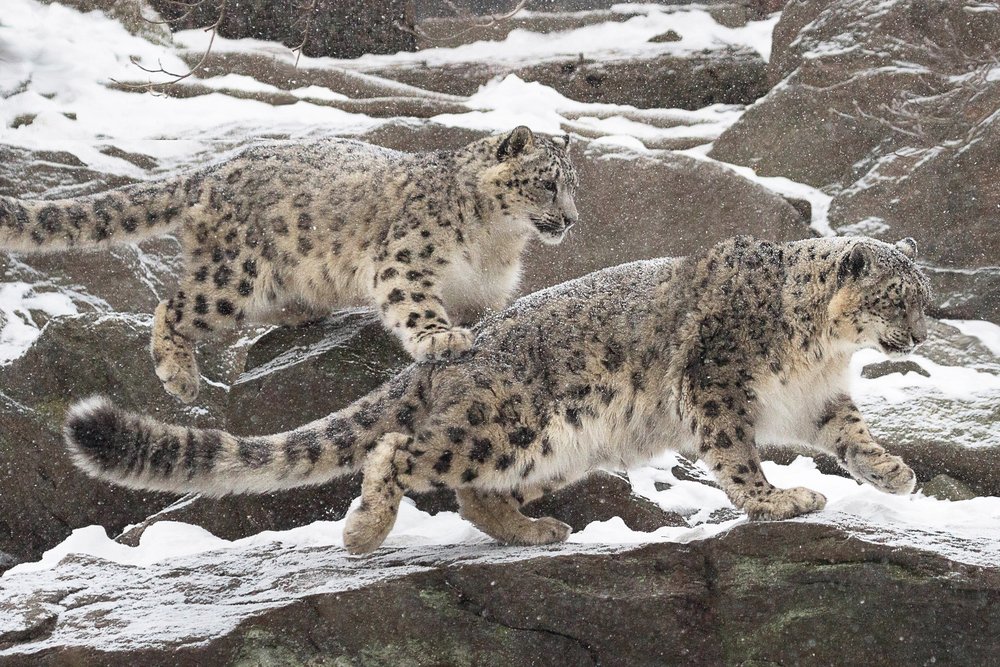
Known as the “Ghost of the Mountain,” the snow leopard (Panthera uncia) inhabits the rugged landscapes of Central Asia. This big cat is a master of camouflage, blending effortlessly with its rocky environment. With a thick fur coat and wide, furry feet, it thrives in some of the world’s harshest climates. However, its elusive nature poses significant challenges to conservationists aiming to protect its dwindling population.
The Secretive Clouded Leopard
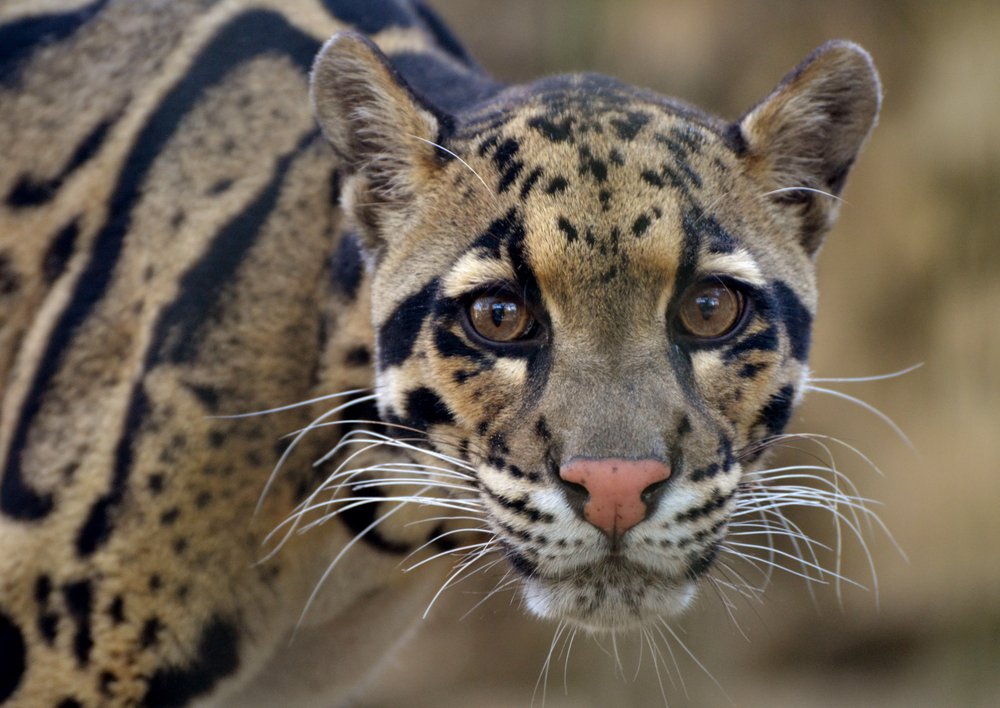
Clouded leopards (Neofelis nebulosa) inhabit the dense forests of Southeast Asia and are rarely seen due to their arboreal lifestyle. With their stunning spotted coats resembling clouds, these cats are adept climbers, often found resting on branches high above the ground. Their elusive nature and preference for dense habitats make them one of the least understood big cats in the wild.
The Stealthy Jaguar of the Amazon
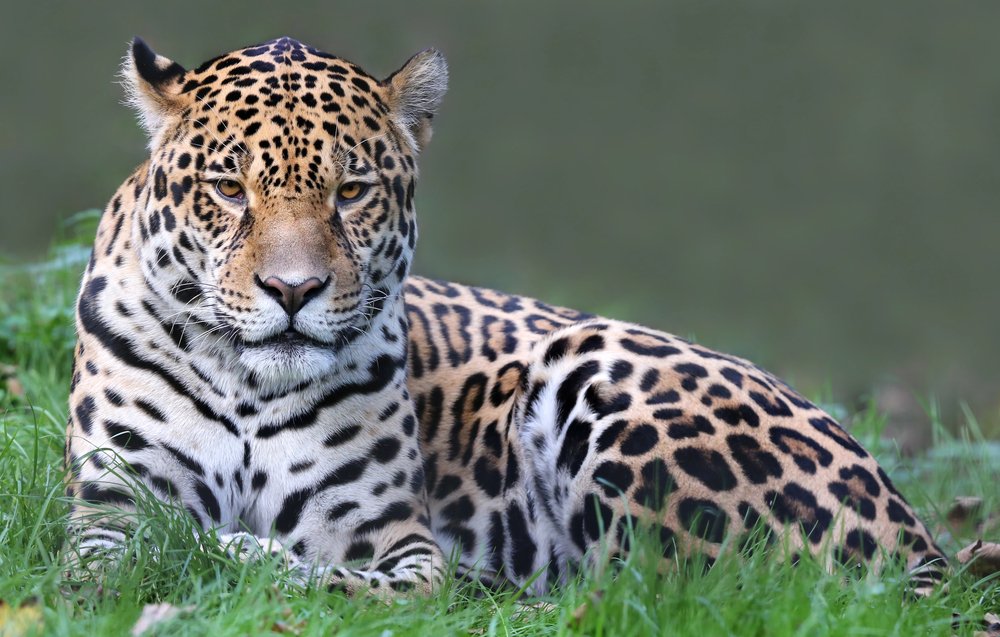
The jaguar (Panthera onca), found mainly in the Amazon rainforest, is the largest cat in the Americas. Its powerful build and strong jaws make it an apex predator. Despite its size, the jaguar is a master at moving silently through dense vegetation, often favoring heavy cover to remain unnoticed. This stealth allows the jaguar to ambush prey effortlessly, reinforcing its elusive reputation.
The Cryptic Behavior of the Amur Leopard
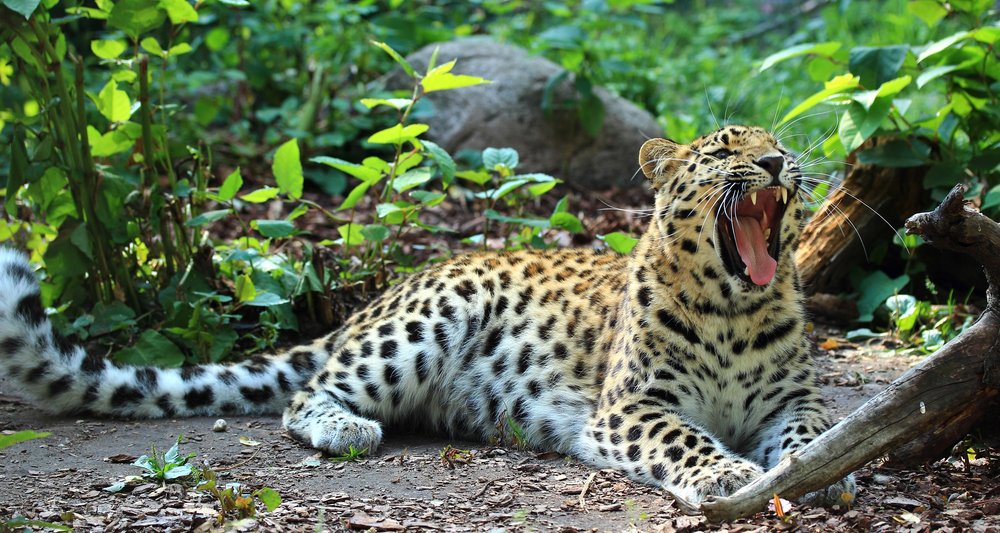
Critically endangered, the Amur leopard (Panthera pardus orientalis) is found in the temperate forests of the Russian Far East. With fewer than 100 individuals remaining, its elusive behavior is both a survival strategy and a barrier to conservation efforts. This big cat’s tendency to patrol vast territories and avoid human contact is a testament to its solitary and secretive nature.
Adaptations Aiding Elusiveness
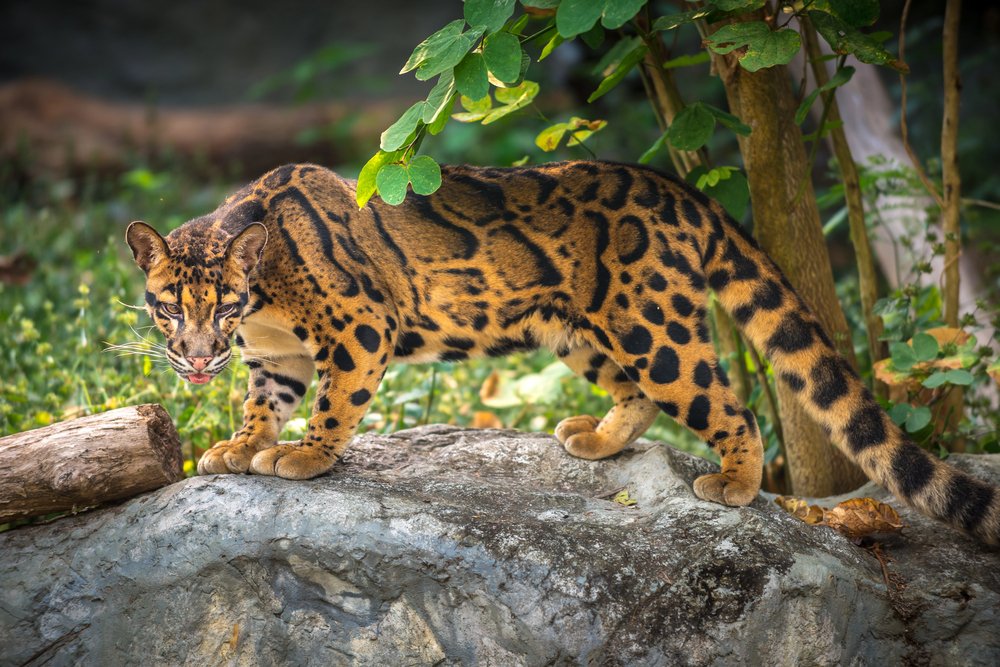
Big cats have evolved a suite of adaptations that enhance their elusive nature. Exceptional night vision, acute hearing, and heightened sense of smell allow them to detect threats and prey even in dim conditions. Furthermore, their coat patterns provide effective camouflage, blending seamlessly into various environments, from forest floors to snow-laden ledges.
The Role of Big Cats in the Ecosystem
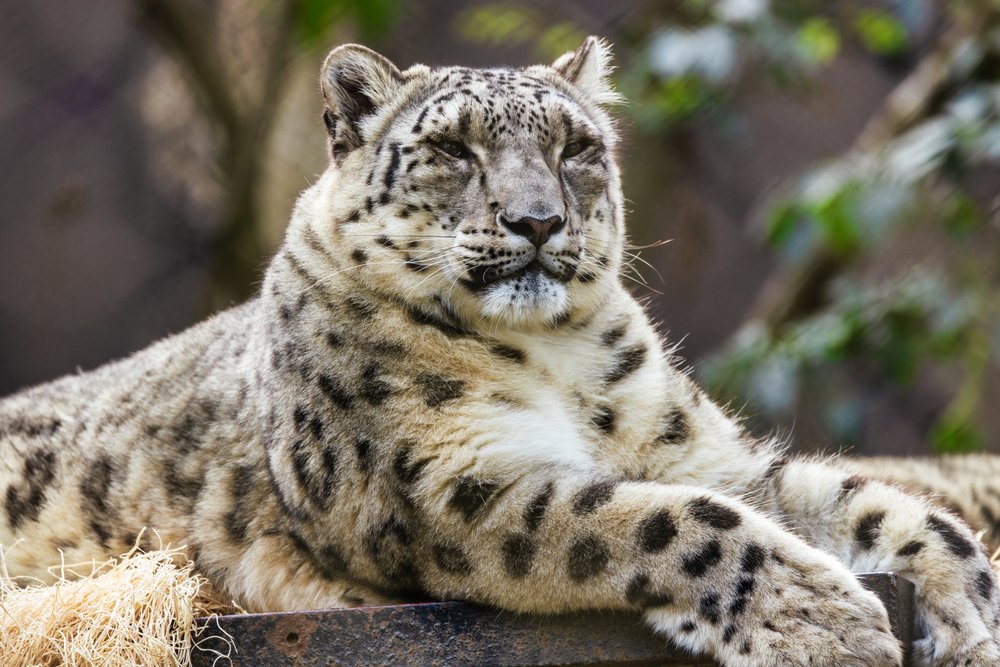
Despite their secretive lifestyles, big cats play crucial roles in maintaining ecological balance. As apex predators, they regulate prey populations, preventing overgrazing and preserving vegetation cover. Their presence is an indicator of a healthy ecosystem, and their protection is essential for conserving biodiversity.
Conservation Challenges and Strategies
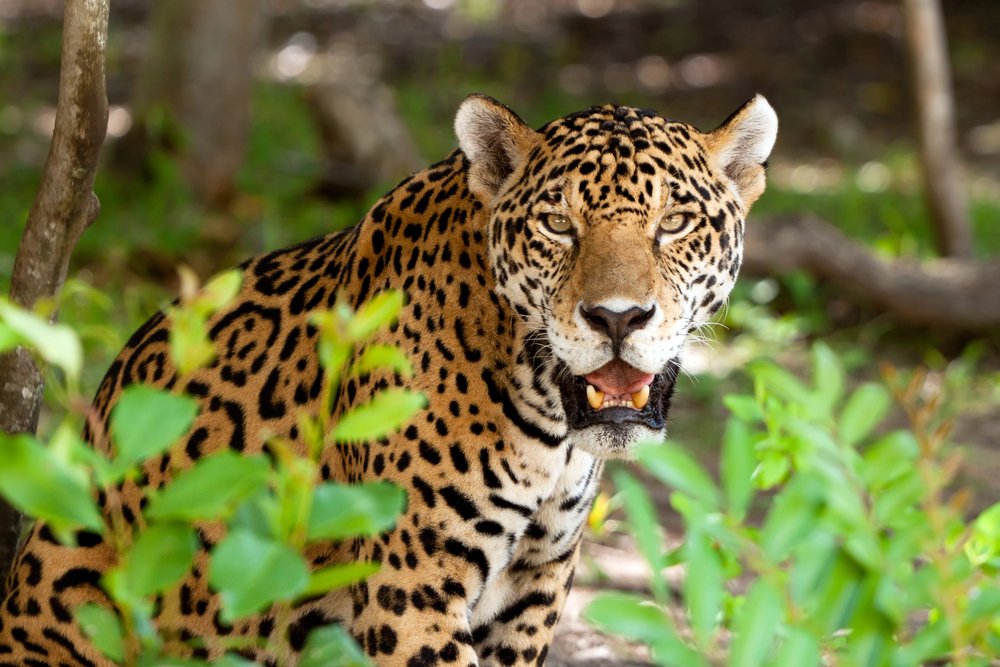
Conserving elusive big cats poses unique challenges. Habitat loss, poaching, and human-wildlife conflict are persistent threats. Conservationists use technologies like remote cameras and GPS collars to track these animals and gather data crucial for their protection. Community-based conservation efforts also involve local populations to foster coexistence with these majestic creatures.
The Future of Big Cats
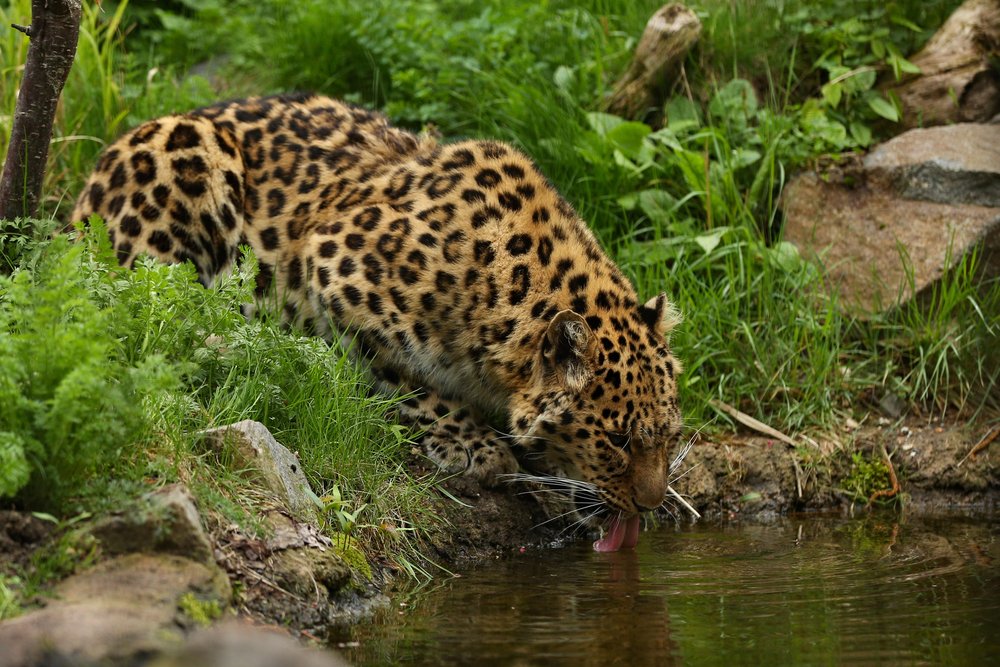
Ensuring the survival of big cats in the wild demands immediate and concerted efforts. International cooperation, habitat protection, and stringent anti-poaching measures are necessary components of successful conservation strategies. Public awareness and education can also play significant roles in fostering a global commitment to preserve these enigmatic creatures for future generations.
Embracing the Mysteries of Big Cats
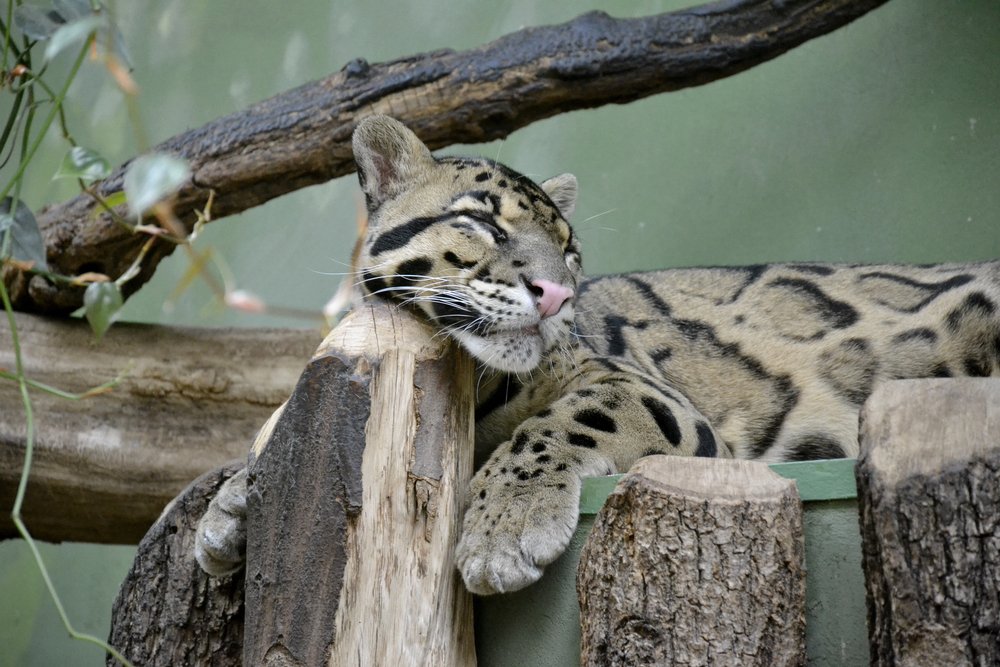
The enigmatic world of big cats continues to inspire awe and fascination. By understanding and protecting these elusive creatures, we preserve not only the beauty and mystery they embody but also the vital roles they play in the planet’s ecological tapestry. As guardians of the natural world, our responsibility is to ensure that these magnificent animals continue to roam the wild, unseen yet ever-present.

Esther is from India; the heartbeat of South Asia, holding a Master’s degree in Zoology and a postgraduate diploma in Animal Welfare. Her enthusiasm for animal welfare drives her passion and dedication to work for animals, ensuring their well-being and advocating for their rights. With a solid academic background and hands-on experience, she is committed to making a positive impact in the field of animal welfare. In her free time, she enjoys embroidery and sewing. As a Chennaite from Tamil Nadu, Esther loves Bharathanatyam, an Indian classical dance form.






